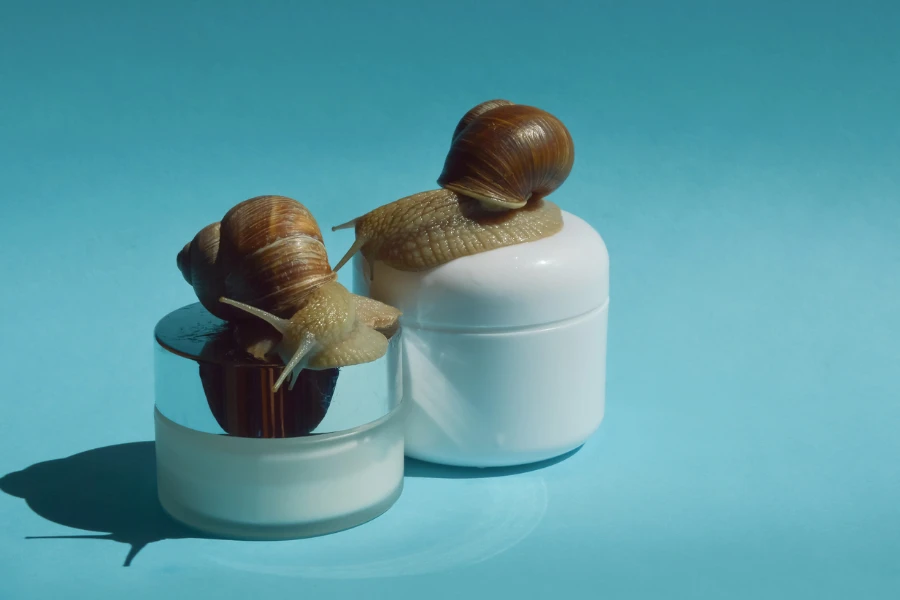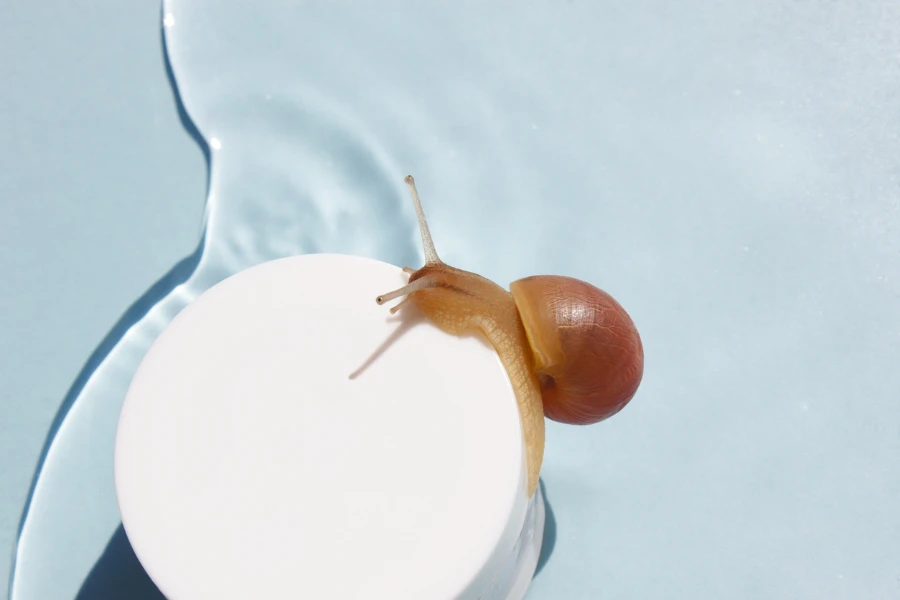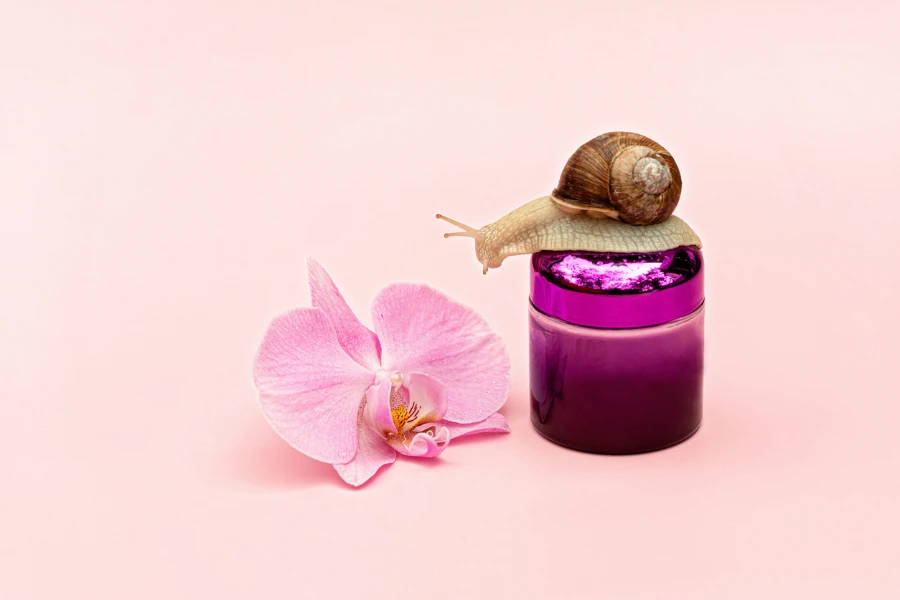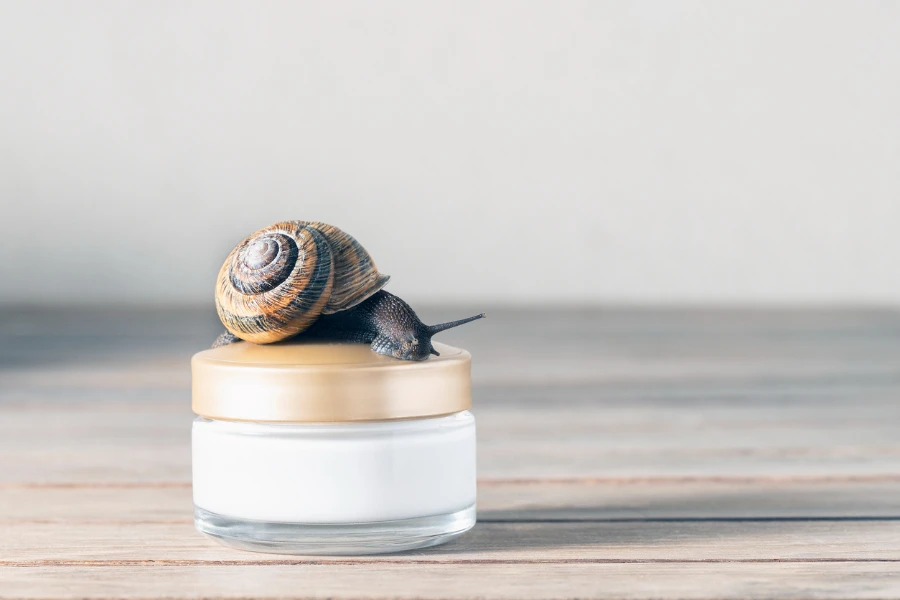In the ever-evolving world of beauty and personal care, snail mucin has emerged as a remarkable ingredient, revered for its hydrating and reparative properties. This article delves into the essence of snail mucin, exploring its benefits, application methods, compatibility with skin types, and the science that underpins its effectiveness. By demystifying snail mucin, we aim to provide a comprehensive guide that not only enlightens but also empowers you to make informed decisions about incorporating this ingredient into your skincare regimen.
Table of Contents:
– What is snail mucin and why is it beneficial?
– How to incorporate snail mucin into your skincare routine
– Snail mucin for different skin types: A comprehensive guide
– The science behind snail mucin: What makes it effective?
– Addressing common concerns and misconceptions about snail mucin
What is snail mucin and why is it beneficial?

Snail mucin, often hailed as a miracle ingredient in the beauty industry, is essentially the secretion from snails. This might sound unappealing at first, but the benefits it offers are anything but. Rich in proteins, hyaluronic acid, glycoproteins, and antimicrobial peptides, snail mucin has been shown to promote skin hydration, elasticity, and cellular repair. It’s a powerhouse of nutrients that aids in the skin’s natural regeneration process, making it a go-to ingredient for those looking to achieve a radiant, youthful complexion.
The origins of using snail mucin in skincare trace back to ancient times, but it has gained significant popularity in recent years, thanks to advancements in cosmetic science and growing consumer interest in natural ingredients. Its ability to stimulate collagen production and speed up the healing process makes it a versatile ingredient suitable for addressing a range of skin concerns, from wrinkles and fine lines to acne scars and hyperpigmentation.
Understanding the sourcing and extraction process of snail mucin is crucial. Ethically harvested mucin ensures that no snails are harmed in the process, making it not only an effective but also a guilt-free addition to your skincare routine. This aspect resonates with the growing demand for sustainable and cruelty-free beauty products.
How to incorporate snail mucin into your skincare routine

Integrating snail mucin into your skincare regimen is simpler than you might think. It’s available in various forms, including serums, creams, and masks, allowing for flexibility in how you choose to use it. For optimal results, it’s recommended to apply snail mucin after cleansing and toning but before heavier creams or oils. This ensures that your skin fully absorbs its healing and hydrating properties.
Layering products correctly enhances the efficacy of snail mucin. When used in conjunction with other hydrating ingredients, it can lock in moisture and amplify the overall benefits. However, it’s essential to conduct a patch test before fully integrating snail mucin into your routine, especially if you have sensitive skin or allergies.
Creating a routine that includes snail mucin doesn’t require an overhaul of your existing skincare regimen. Start by introducing one product at a time and observe how your skin responds. This gradual approach allows your skin to adjust and ensures that you reap the maximum benefits without overwhelming your skin.
Snail mucin for different skin types: A comprehensive guide

Snail mucin’s versatility makes it suitable for a wide range of skin types, including oily, dry, and combination skin. Its hydrating properties are a boon for dry skin, helping to restore moisture levels and improve skin texture. For oily and acne-prone skin, snail mucin’s antimicrobial peptides can help reduce inflammation and promote healing, addressing concerns like acne scars and blemishes without exacerbating oiliness.
Sensitive skin types can also benefit from snail mucin’s soothing properties. Its ability to support the skin’s barrier function reduces susceptibility to irritants and environmental stressors, making it a gentle yet effective ingredient for those with reactive skin.
It’s important to note that while snail mucin is generally well-tolerated, individual reactions can vary. Listening to your skin and adjusting your use of snail mucin-based products accordingly is key to achieving the best results, regardless of your skin type.
The science behind snail mucin: What makes it effective?

The effectiveness of snail mucin can be attributed to its unique composition. Glycoproteins, for instance, play a crucial role in skin repair and regeneration, while hyaluronic acid, a well-known moisturizing agent, helps maintain skin hydration. Antioxidants found in snail mucin protect the skin from damage caused by free radicals, and antimicrobial peptides offer additional protection against bacteria and infections.
Recent studies have highlighted the potential of snail mucin in promoting collagen production, a critical factor in maintaining skin elasticity and firmness. This scientific backing not only validates the anecdotal evidence of snail mucin’s benefits but also underscores its potential as a key ingredient in anti-aging skincare formulations.
Understanding the science behind snail mucin empowers consumers to make informed choices about the products they use. It’s a testament to the importance of research and innovation in the beauty industry, paving the way for more effective and sustainable skincare solutions.
Addressing common concerns and misconceptions about snail mucin

Despite its growing popularity, there are still misconceptions surrounding snail mucin. Concerns about its safety and ethical sourcing are common, but it’s important to recognize that reputable products containing snail mucin adhere to strict ethical and quality standards. Ensuring that you purchase from credible sources can alleviate these concerns.
Another misconception is that snail mucin is a gimmick with no real benefits. However, both scientific research and user testimonials support its efficacy in improving skin texture, hydration, and overall appearance. As with any skincare ingredient, results can vary, but the evidence in favor of snail mucin’s benefits is compelling.
In conclusion, snail mucin’s journey from a traditional remedy to a sought-after skincare ingredient exemplifies the beauty industry’s ability to innovate and embrace nature’s gifts. Its multifaceted benefits cater to a wide array of skin concerns, making it a valuable addition to modern skincare routines. By understanding its origins, benefits, and the science that supports its use, consumers can confidently explore the potential of snail mucin to transform their skin.
Conclusion:
Snail mucin stands out as a testament to the beauty industry’s ongoing quest for ingredients that not only promise but deliver tangible benefits. Its ability to hydrate, repair, and rejuvenate the skin has earned it a rightful place in the skincare regimens of those seeking to maintain a youthful, radiant complexion. As we continue to navigate the vast world of beauty and personal care, snail mucin exemplifies how traditional wisdom and scientific innovation can come together to offer solutions that are both effective and sustainable.




